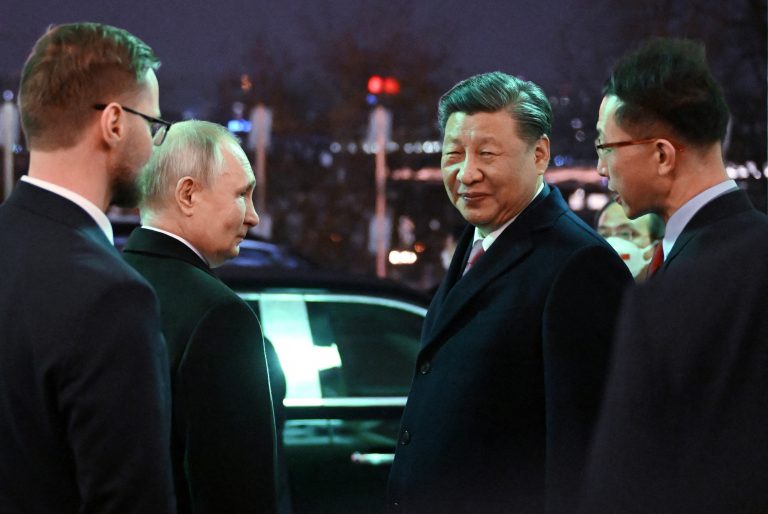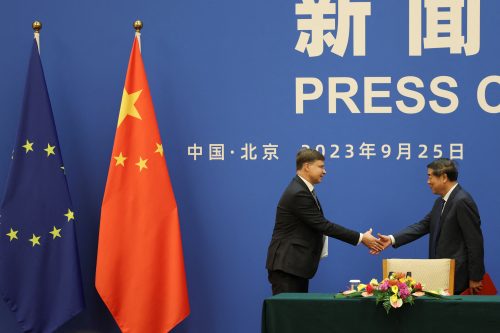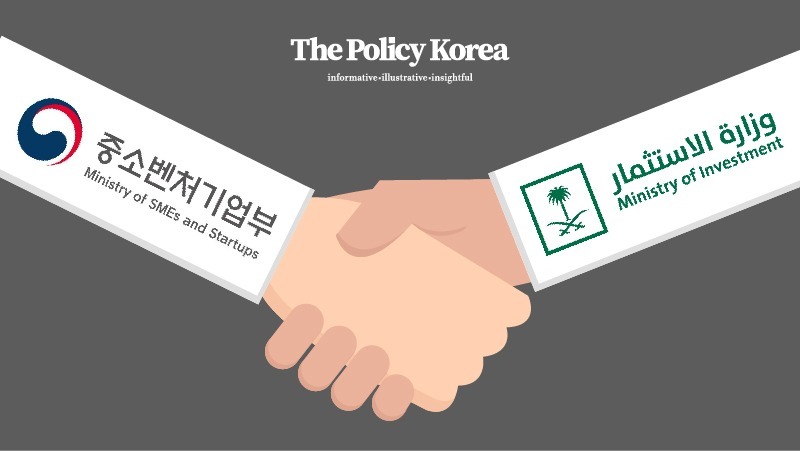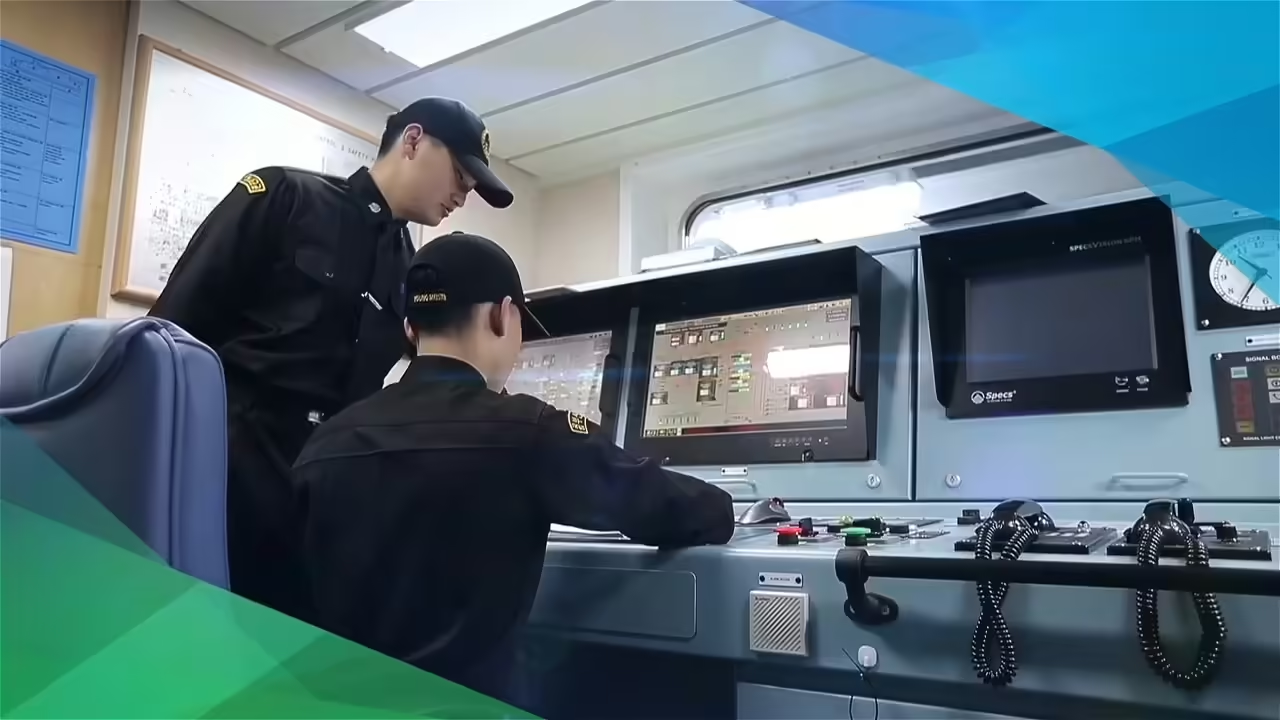[동아시아포럼] 러시아, 무역을 위해 동쪽으로 눈 돌렸다
러시아 새로운 외교 정책 개념 발표, 아시아 집중 명문화 서구 지역과 ‘평화로운 공존’ 이야기했지만 현실은 반대 인프라 프로젝트, 에너지와 핵기술, 전통적 가치 내세워 글로벌 사우스로 간다
[동아시아포럼]은 EAST ASIA FORUM에서 전하는 동아시아 정책 동향을 담았습니다. EAST ASIA FORUM은 오스트레일리아 국립대학교(Australia National University)의 크로퍼드 공공정책 학교(Crawford School of Public Policy) 산하의 공공정책과 관련된 정치, 경제, 비즈니스, 법률, 안보, 국제관계 및 사회에 대한 분석 및 연구를 위한 플랫폼입니다.
저희 폴리시코리아(The Policy Korea)와 영어 원문 공개 조건으로 콘텐츠 제휴가 진행 중입니다.
지난 2023년 3월 31일 러시아는 새로운 외교 정책 개념(Foreign Policy Concept)을 발표했습니다. 여기에는 그간 급속히 성장하며 러시아의 눈길을 사로잡은 아시아를 겨냥한 정책이 포함됐죠. 아직은 러시아 내부의 구조적인 변화에 불과하지만, 아시아의 물질적인 영향은 점점 커질 것입니다.

러시아는 외교 정책 개념을 발표할 때 우선순위에 따라 지역을 나열하는데, 이번에는 서구 지역이 최하위권으로 강등됐습니다. 남극에 이어 뒤에서 2등이었죠. 발표된 내용에는 서구 지역과의 ‘평화로운 공존’을 희망한다는 부분이 있지만, 과연 정말로 그럴까요?
구소련 국가를 제외한 러시아의 첫 번째 전략적 요충지는 바로 북극입니다. 아직까진 북해 항로 계획을 수립하는 단계인데, 러시아가 북해를 통해 이동한다면 중국의 물류 활동이 원활해집니다. 중국의 지리·경제적 문제가 어느 정도 해소되고 동남아시아를 지나가는 현재의 경로보다 짧아 더 효율적이기 때문입니다. 하지만 북극 지역에서는 극지방 국가, 즉 러시아와 미국, 캐나다, 영국 등 서방 국가들이 경쟁하고 있기에 이 지역을 개발하려는 시도는 서방과의 관계 회복을 더욱 쉽지 않게 만들 것입니다.
‘평화로운 공존’을 추구한다는 러시아는 미국이나 다른 서방 국가들과의 ‘데탕트(detente, 냉전 말기로 미국과 소련의 긴장이 완화되던 시기)’를 생각하지 않고 있습니다. 적어도 근시일 안에는 불가능할 겁니다. 드미트리 메드베데프(Dmitry Medvedev) 러시아 국가안보회의 부의장을 비롯한 러시아의 고위 관리들에게서도 이런 정서를 확인할 수 있습니다.
한편 북극 다음으로는 중국과 인도, 동남아시아가 차례대로 거론됐습니다. 사실 북극을 나라라고 하기에는 애매하니 러시아가 구소련 국가 다음으로 중요하게 생각하는 국가는 중국이 되는 건데, 러시아는 상당히 오랫동안 중국을 굉장히 중시해 왔습니다. 인도 역시 독립한 뒤 러시아와 긴밀한 관계를 유지해 왔죠. 특히 군사 및 경제 분야에서의 협력이 두드러지는데, 양국이 함께 브라모스(Brahmos)라고 불리는 미사일을 개발하기도 하는 등 양국 정부가 서로를 깊게 신뢰하지 않는다면 불가능한 협력 프로젝트를 수행했을 정도입니다.
이제 동남아시아 차례입니다. 러시아는 글로벌 포럼에 출석 도장을 열심히 찍고 있는데, 아세안(ASEAN) 같은 이 지역 공동체와의 관계를 쿼드(Quad, 미국, 인도, 일본, 호주 총 4개국의 안보 회담), 칩4(Chip4, 미국 주도로 한국, 일본, 대만이 참여하는 반도체 동맹) 및 오커스(AUKUS, 미국, 영국, 호주 총 3개국의 외교안보 3자 협의체) 같은 ‘서구가 지배하는’ 공동체와의 관계와 동등한 수준으로 끌어올리는 등 그 우선순위를 재조정하고 있습니다. 이런 전략은 중국이나 동남아의 정치권에 충분한 반향을 불러일으킬 수 있죠. 러시아, 브라질, 인도, 중국, 남아프리카공화국 총 5개국으로 구성된 BRICS에 19개국이 가입 희망 의사를 밝혔다는 점은 지역적 협의체에 대한 러시아의 전략이 효과적임을 증명합니다.
러시아 대외정책 전략의 최우선 목표는 경제입니다. 현재 러시아는 아시아의 경제로 눈을 돌리고 있는데, 그중에서도 빠르게 성장하는 동남아시아 국가에 집중할 것입니다. 러시아와 아시아 간의 연결고리는 러시아가 아시아에 관한 관심을 공식화하기 전, 더 나아가서 러시아와 유럽 간의 반목이 시작되기 전에 만들어졌습니다. ‘시베리아의 힘’ 파이프라인, 시베리아 횡단 철도 용량 증설, 이란으로 향하는 (국제)남북운송회랑(INSTC, (International) North–South Transport Corridor) 활성화 등이 그 예시입니다.
이처럼 인프라 프로젝트를 빈번히 제시하는 것은 러시아의 주요 전략입니다. 러시아가 우위를 점하고 있거나 적어도 경쟁할 수 있는 분야에서 새로운 시장 접근 이니셔티브를 만드는 것입니다. 2023년 4월에는 러시아 최대 규모의 기관차 및 철도 장비 제조업체 트랜스마시홀딩(Transmashholding)이 인도와 열차 생산 계약을 체결하기도 했습니다.
러시아의 에너지, 원자재 그리고 핵기술 같은 ‘특산품’은 에너지가 부족한데 재정난도 어느 정도 겪고 있는 동남아시아 국가에 도움이 될 수 있습니다. 역시 인도가 러시아의 주요 석유 수출국 중 하나가 된 것이 적절한 사례죠.
러시아에는 특정한 국가 이데올로기가 없지만, 많은 민족은 오랫동안 전통적이고 보수적인 사상을 지니고 있었습니다. 서방 국가들은 이러한 사상에서 멀어지고 있지만, 러시아는 그렇지 않습니다. 전통적인 정신적, 도덕적 가치를 외교 정책에 포함하며 ‘글로벌 사우스(Global South; 남북 격차(Global North and Global South)에서 나온 용어, 북반구에 있는 대부분의 선진국은 글로벌 노스로, 적도 지역 혹은 남반구에 있는 대부분의 후진국이나 개발도상국은 글로벌 사우스로 분류됨)’에 더욱 가까워지고 있죠.
이는 명시적인 가치가 주도하는 외교 정책이 없었던 지난 30년과는 사뭇 다른 중대한 변화입니다. 러시아는 전통이라는 소프트 파워를 통해 언론전과 외교 캠페인을 전개하며 동남아시아 시장으로 향하는 길을 닦을 것입니다. 이미 아프리카에서도 성공을 거둔 바 있으니, 러시아 정부는 전통주의 정부를 강화해 1차 수출을 지원하는 것은 충분히 가능한 외교 정책 모델이라고 생각하고 있습니다.
2015년 제1차 극동 경제 포럼 이후 러시아는 아시아와의 교류를 늘리고 아시아에 관한 관심과 기회를 늘리려는 노력을 계속해 왔습니다. 교육, 사회적 태도 및 비즈니스 관계의 변화는 러시아가 이번에 설정한 대 동남아시아 외교 전략을 뒷받침할 것입니다.
동남아시아의 경제는 성장하고 있습니다. 다시 말하면, 러시아의 잠재적인 시장은 성장하고 있습니다. 러시아의 ‘동부 전환’은 오랜 시간이 걸리겠지만 유럽에서의 갈등에 영향을 받지 않습니다. 대부분의 아시아 국가는 러시아에 특별한 제재를 가하지 않고 있기에 러시아의 전략은 러시아에 대한 현재의 부정적인 인식을 뒤집고 협력을 이끌어낼 수 있을지도 모릅니다.
아울러 러시아의 외교 정책 구조는 중국의 글로벌 문명 이니셔티브(Global Civilization Initiative)와 양립할 수 있습니다. 둘 다 국제 관계의 다극성, 패권에 대한 저항의 중요성, 서로 다른 문명을 존중할 필요성을 내세우기 때문입니다.
이러한 호환성은 다극성을 강화할 수 있습니다. 아프리카와 중동에서 중국과 러시아가 협정을 체결한 일처럼 말입니다. 러시아와 중국의 자원과 산업은 아시아에서 시너지 효과를 낼 것입니다.
지금까지 아시아에서 러시아의 존재감은 그렇게 크지 않았습니다. 하지만 러시아는 10년 넘게 아시아로의 전환을 준비해 왔고, 아시아의 중요성은 더욱 커지고 있습니다. 전환 과정은 생각보다 느릴 수도 있고, 제한된 부문과 국가에 집중될 수도 있을 것입니다. 하지만 러시아는 한 방향으로 꾸준히 나아가고 있습니다.
Russia looks East to trade
On 31 March 2023, Russia published its new Foreign Policy Concept. Rapid growth in Asia has fuelled Russia’s drift toward the East and the pivot has now been integrated into official policy. This is a tectonic shift for Russia domestically but the material effects in Asia will be felt gradually.
Russia lists global regions in order of priority in the Foreign Policy Concept. The West has been relegated to penultimate priority before the Antarctic, which signals a 180-degree flip. Moscow asserts its desire for ‘peaceful coexistence’ but the ball is in the West’s court.
Russia’s first strategic priority after states of the former Soviet Union is the Arctic region. It is only now bringing its plans for the North Sea Route out of the cold. Russia’s moves in the North Sea will have a direct effect on logistics from China, easing its geo-economic difficulties and allowing more efficient transit of goods via Southeast Asia. The Arctic is also a confrontation point with circumpolar states, which will likely further delay thawing of relations with the West.
While seeking ‘peaceful coexistence’, Russia does not see a detente with the United States and other Western states in the foreseeable future. This sentiment is illustrated by high-ranking officials including Deputy Secretary of the Security Council, Dmitry Medvedev.
Russia’s Foreign Policy Concept lists China and India as its first and second priority relationships with Southeast Asia as its third. China’s importance is obvious, deep and enduring. So is India’s, considering the tight relationship between Moscow and New Delhi since India’s independence. The long history of cooperation in the military and economic spheres has created significant institutions of cooperation — for example, the joint missile programme Brahmos requires deep mutual trust throughout the verticals of government.
Crowded out of global fora, Russia is reprioritising its relations with regional organisations such as ASEAN going forward, juxtaposing them with Western-dominated groupings including the Quad, Chip4 and AUKUS. The strategy may resonate with Chinese policymakers and roughly half of Southeast Asian decision-makers. The interest expressed towards joining the BRICS format by 19 states, mostly from the ‘Global South’, is evidence that Russia’s bet on non-global decision-making fora can be a winning strategy.
Russia’s foreign policy strategy places economics first. Russia is shifting its economic attention to Asia and will likely concentrate on the rapidly growing nations of Southeast Asia. Russia–Asia links began to develop long before Russia’s official pivot to greater focus on Asia and prior to the hostilities between Russia and Europe. Links include the ‘Power of Siberia’ pipelines, increases to the Trans-Siberian railway’s capacity and rejuvenation of the North–South Transport Corridor into Iran.
Frequent references to infrastructure projects now pepper Moscow’s strategy. New market access initiatives in sectors where Russia has an advantage or is on par with the West should be expected. Some of these market initiatives are already visible — for example, India contracted Russia’s Transmashholding corporation in April 2023 to producetrains.
Russian energy, commodities and niche specialities like nuclear technology may be a boon to energy-poor but relatively cash-strapped Southeast Asian states. India becoming one of Russia’s major oil customers is a case in point.
While Russia has no state ideology, its many peoples have long been traditional and conservative. Russia has found itself the de facto defender of thought that is seen as reactionary in the West. As Western values evolve, Western countries find themselves distancing from the ‘Global South’. Russia, in contrast, is moving closer to its southern counterparts and has now made ‘traditional spiritual and moral values’ part of its foreign policy.
This is a significant shift after three decades without explicit value-led foreign policy. Russia will likely use the soft power of tradition to pave the way for market access through press and diplomatic campaigns. In Moscow’s eyes, Russia’s success in Africa shows that backing primary exports by bolstering traditionalist governments is a functional foreign policy model.
Since the first Far Eastern Economic Forum in 2015, Russia has been taking steps to increase capacity, interest and opportunities with Asia. Changes in education, social attitudes and business relationships have laid the groundwork for the pivot that Moscow has now put in writing.
Economies in Southeast Asia are growing and so are potential markets for Russian exports. Russia’s turn to the East is a long time coming and not the effect of conflict in Europe. The lack of sanctions toward Russia from most Asian states is an advantage and Moscow’s strategy maintains that current negative perceptions toward Russia may yet be overturned to facilitate increased cooperation.
Russia’s foreign policy structure is compatible with China’s Global Civilisational Initiative — both argue for multipolarity in international relations, the importance of resisting hegemony and the need to respect different civilisations.
Compatibility between Russia and China may have a multiplier effect on multipolarity. The entente between Beijing and Moscow in Africa and the Middle East sets a precedent for Asia. Russian and Chinese resources and industry may yet prove mutually reinforcing in Asia.
Despite Moscow’s intentions, Russia’s presence in Asia has been low. But Russia has been laying the groundwork for the pivot for over a decade and Asia is becoming even more vital. Russia’s shift toward Asia may be gradual, taking place in a select range of sectors and focusing on a limited number of countries to start with — but the direction has been set.



























